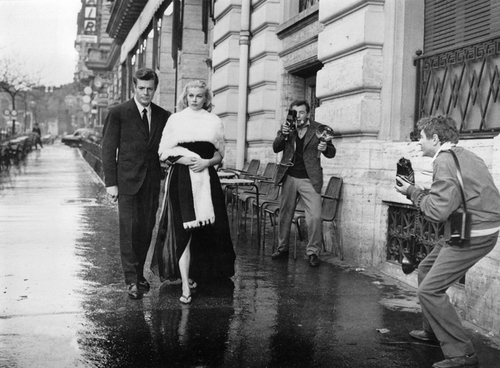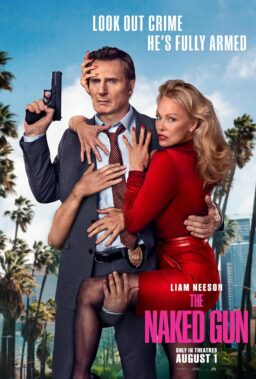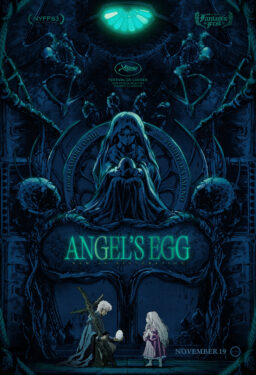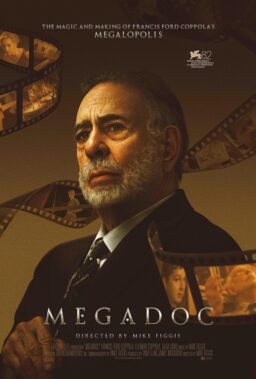Night on a highway somewhere. A hat and a shoe. In its very simplicity the photograph signals it has some hidden significance.
The caption explains that the two objects on Sepulveda Blvd. in Los Angeles are at the spot where a young man named Chris Guerra was struck by a SUV and killed at about 6 p.m. New Year’s Day while trying to cross the four-lane highway.
Chris Guerra was 29. He had moved to Los Angeles in March, hoping to find success as a paparazzo. According to news reports, he’d been stalking Justin Bieber on the holiday, and at the Four Seasons Hotel thought he might have seen Bieber smoking pot.
When Bieber’s $200,000 Ferrari left the hotel, Guerra followed it in pursuit. The Four Seasons has an oval-shaped front entrance drive, obscured from street view by a wall of shrubbery, and a photographer outside on the street might not have been able to see that the car was driven, not by Bieber, but by his friend, the singer Lil Twist.
Reports said highway patrolmen stopped him on highway 405 for speeding. When you are young and Justin Bieber is your pal and he lends you his $200,000 ride and it is New Year’s Eve, there is a tendency to speed. The police, to avoid rubber-necking by passing motorists, told Mr. Twist to pull off the 405 and onto Sepulveda Blvd.
Chris Guerra now approached the Ferrari. Who knows what he was hoping for? Did he know by now the driver was not Bieber? Was he thinking that a photograph of Justin Bieber in a traffic stop might also be worth something? The police told him to return to his own car. As he was doing that, he was struck and killed.
Another paparazzo at the scene, Sparky, shot his hat and shoe in the middle of the 405. I could reproduce that photo here; it is represented by Splash News, an agency based in London. I don’t think I will. I don’t know what their fee is, but the notion of enriching one paparazzo for feeding off the death of another doesn’t appeal to me. That photo, at least, should be free.
I have no profound thoughts to offer about this event. I cast no blame. To be a paparazzo is a occupation we recognize in our culture. The mass media has an insatiable appetite for fragments from the lives of celebrities. This is not new. Circa 1960, the photographer Ron Galella became as famous as some of his targets because no one was more determined to capture the moment. Leon Gast’s “Smash His Camera,” a documentary I saw at Sundance 2010, tells his story. My review began:
“He is a viper, a parasite, a stalker, a vermin. He is also, I have decided, a national treasure. Ron Galella, the best known of all paparazzi, lost a lawsuit to Jackie Kennedy Onassis and five teeth to Marlon Brando, but he also captured many of the iconic photographs of his era. At 77, he is still active, making the drive from his New Jersey home and his pet bunny rabbits through the Lincoln Tunnel to Manhattan, the prime grazing land of his prey.
“I had an idea, as many of us do, about Gallela and the species of paparazzi. It was a hypocritical idea. I disapproved of him and enjoyed his work. Yes, he comes close to violating the rights of public people, and sometimes crosses the line. He certainly crossed the line with Jackie’s children.
“But he sold his photographs to publications which we bought, we looked at them with enjoyment and curiosity, and his career was made possible by our human nature. These are conclusions I’ve arrived at after seeing Leon Gast’s ‘Smash His Camera’ a new documentary shown here at Sundance. It shows Gallela triumphant, installed with his devoted Betty in his Jersey mini-mansion with a large Italian garden for the bunnies. A friend says, “You look at his house, and you think–Sopranos!”
Gallela must be the hero of many paparazzi, even though they’ve never heard of him. He had a sense of style. Told by a judge how much distance he had to maintain between himself and Jackie Kennedy, he carried a tape measure, and a photo of him measuring the distance to Jackie became famous. After Brando socked him, another photo showed him stalking Brando while wearing a football helmet with a face mask.
This is all deplorable. It is wrong that I even record it. But Galella took the famous shot of Jackie striding across a Manhattan boulevard, and it captures forever her grace, her beauty, and the spring in her step. Like the customers for his work, he loved celebrities.
Looking at online news, I find that the tragic death of Chris Guerra has inspired yet another round of calls to put an end to the Paparazzi Culture. This round will be as meaningless as all the previous rounds. We create a market for celebrity photos, and the economy assures it will be supplied.
The photograph at the top of this piece shows how and when the very word paparazzi came into existence. It’s from one of my favorite films, Federico Fellini’s “La Dolce Vita” (1960). In it, Marcello Mastroianni plays Marcello, a columnist who prowls Rome’s Via Veneto in search of gossip. One of his friends and hunting partners is a photographer whose name is Paparazzo. In the photo, Mastroianni accompanies a Swedish movie star named Sylvia (Anita Ekberg) down a wet Roman street at dawn. They are coming from the famous scene in the Trevi Fountain.
The original Papapazzo, played by an actor named Walter Santesso, crouches at the right side of the photograph. When the film was released, its portrait of this character rang so true to life that the character’s name was absorbed into the Italian language, and then copied around the world.
When Ron Galella started his career, there was no word like paparazzi to describe him. After this character, there was. It must be some consolation to the paparazzi of the world that the word for their profession was supplied by one of themselves. It is celebrity of a sort.












